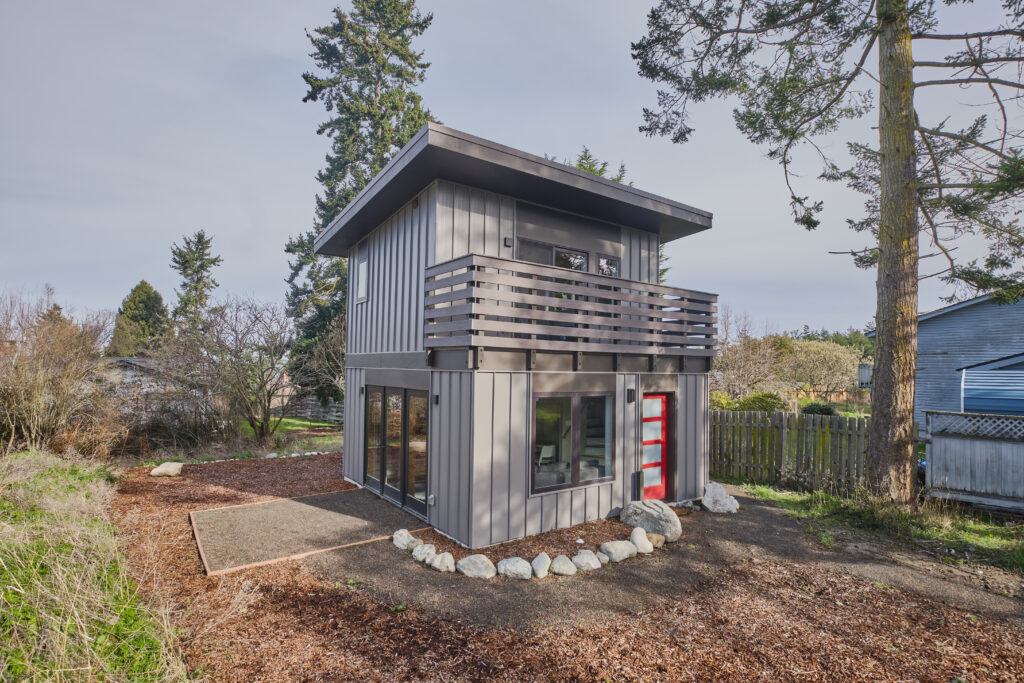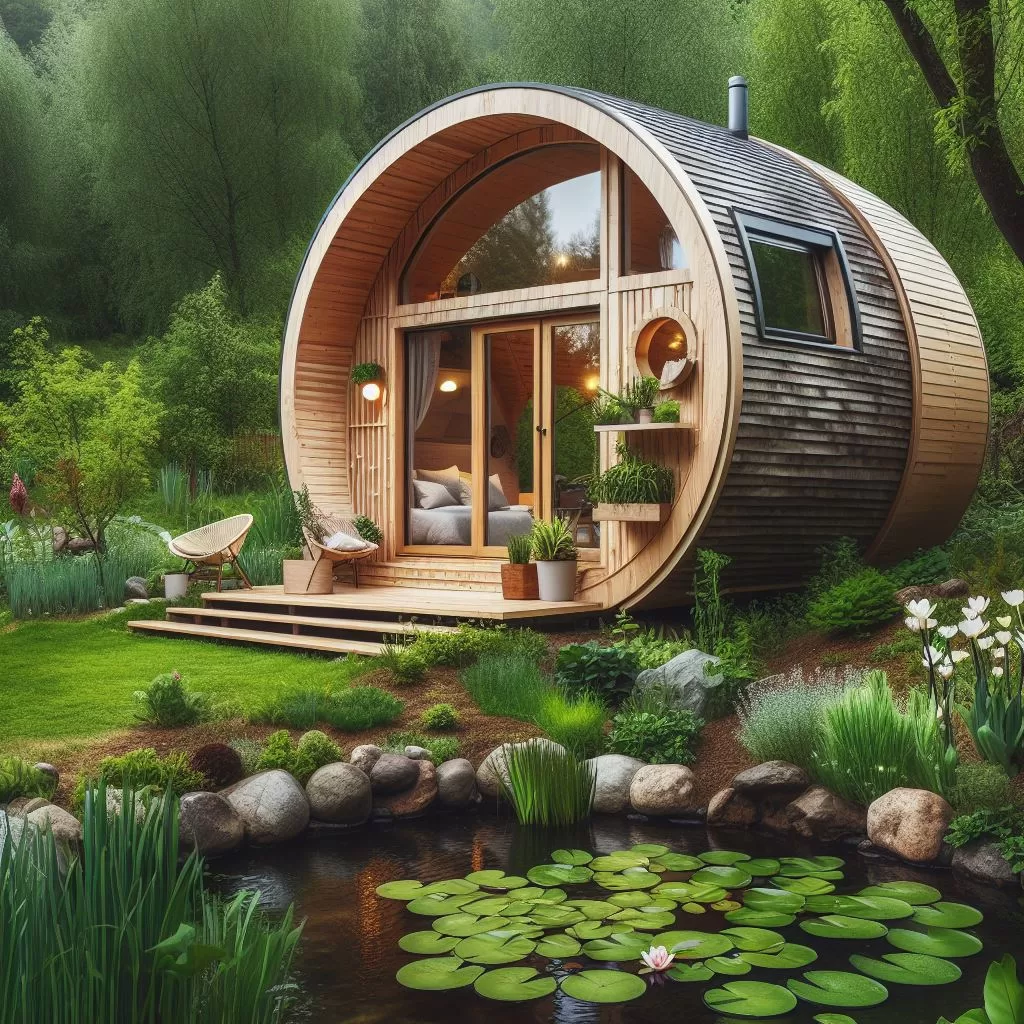In recent years, the tiny home movement has gained significant momentum, attracting individuals seeking a simpler and more sustainable lifestyle. Washington State, with its stunning natural beauty and progressive mindset, has become a hub for those interested in tiny house living. However, before you take the plunge and embrace the tiny living dream in the Evergreen State, it’s crucial to understand the legalities, challenges, and benefits associated with residing in a tiny house in Washington. In this article, we’ll explore the possibilities of living in a tiny house in Washington State and provide essential insights to help you make an informed decision.
1. Understanding the Tiny Home Movement in Washington State:
The tiny house movement advocates for downsizing and embracing minimalism, allowing individuals to live more sustainably and affordably. In Washington State, this movement has found fertile ground, with numerous tiny home communities, workshops, and enthusiasts sprouting up across the region.
2. Legalities and Zoning Regulations:
While the tiny house lifestyle is alluring, navigating the legalities and zoning regulations can be challenging. Before settling in Washington State, it’s essential to research local building codes and zoning laws. Some areas may have specific provisions for tiny homes, while others may not permit them as permanent dwellings. Understanding these regulations will help you determine suitable locations to park or build your tiny house legally.
3. Permissible Locations for Tiny Houses:
Despite the challenges, several options exist for tiny home enthusiasts in Washington State. These include backyard cottages, accessory dwelling units (ADUs), and designated tiny house communities. Backyard cottages and ADUs are becoming more popular in urban areas, offering opportunities for tiny house living within city limits, while designated tiny home communities often provide a supportive network of like-minded individuals.
4. Off-Grid Living and Sustainability:
Washington State is known for its commitment to sustainability and eco-friendly practices. Many tiny house dwellers opt for off-grid living, harnessing solar power, rainwater harvesting, and composting systems. This self-sufficiency not only reduces your ecological footprint but also grants you a sense of independence and connection to nature.

5. Finding a Tiny Home:
First, determine your budget and the type of tiny home you desire—whether it’s a prefabricated tiny house or a custom design. Next, research local regulations and zoning laws in your desired area to understand where tiny houses are permitted. Decide whether you want to buy a ready-made tiny house, work with a builder, or construct one yourself if you have the necessary skills. If you opt for a prefabricated tiny house, find reputable manufacturers or sellers, and inspect their offerings thoroughly. For custom builds, collaborate closely with a trusted builder or architect to ensure your vision is realized. With careful planning, patience, and dedication, you can achieve the dream of owning a tiny house tailored to your needs and lifestyle.
6. Advantages of Tiny House Living:
Despite the challenges, tiny house living offers numerous benefits. Lower costs, reduced environmental impact, and sustainable living are some of the main advantages. Moreover, living with less can lead to a decluttered and more meaningful life, focused on experiences rather than possessions.
7. Finding Support and Community:
Embarking on the tiny house journey can be more manageable and enjoyable when you connect with like-minded individuals. Washington State hosts various tiny house meetups, workshops, and events where you can learn from experienced tiny house dwellers, share knowledge, and find a supportive community to join.
Living in a tiny house in Washington State is indeed possible, but it requires a little research, determination, and adaptability. By understanding the legalities, seeking appropriate locations, and embracing the advantages of tiny house living, you can turn your dream of living small into a rewarding reality. Remember to prioritize sustainability, engage with the tiny home community, and be prepared for the challenges that may arise.


